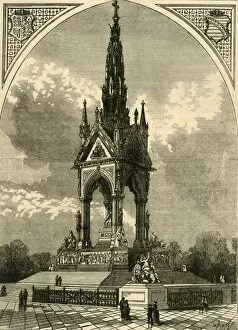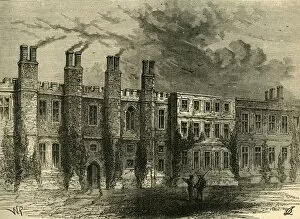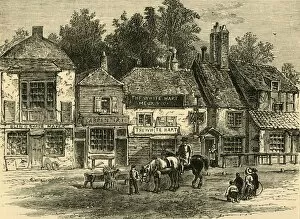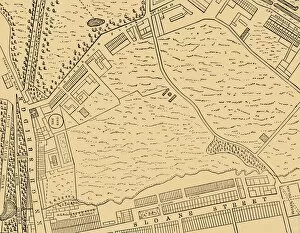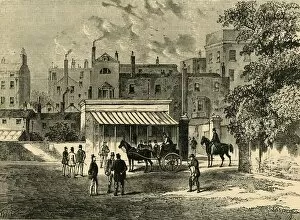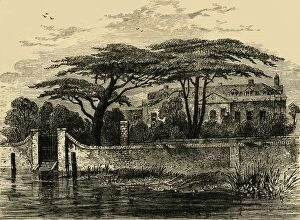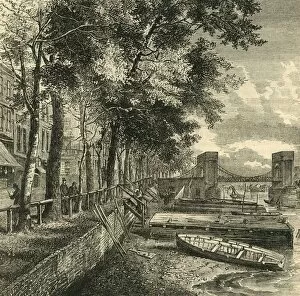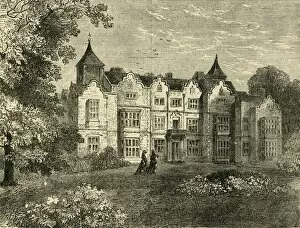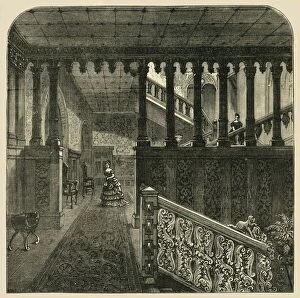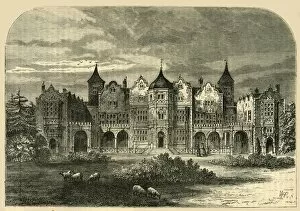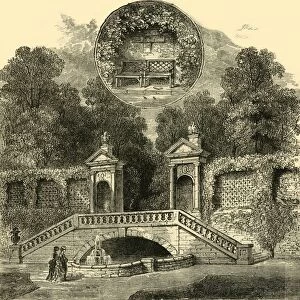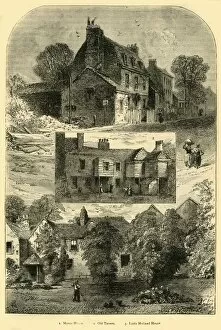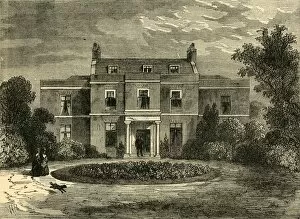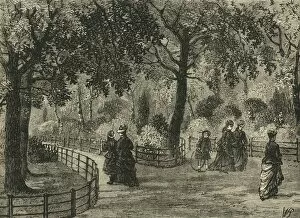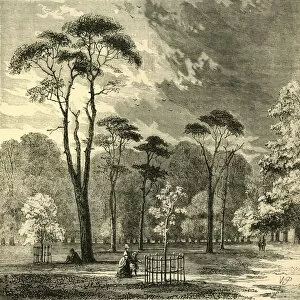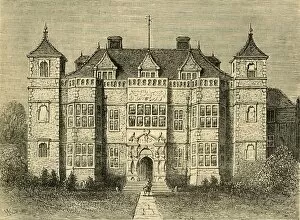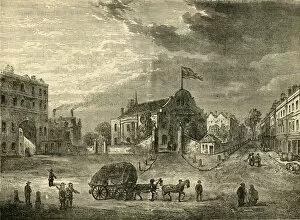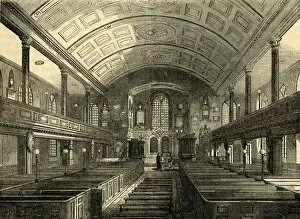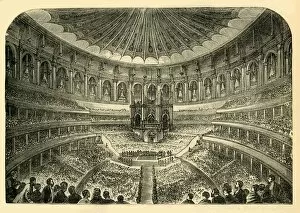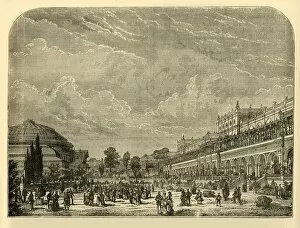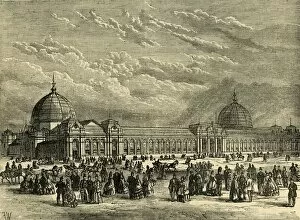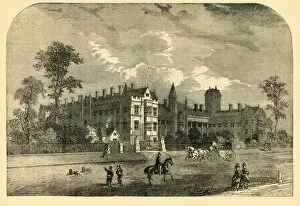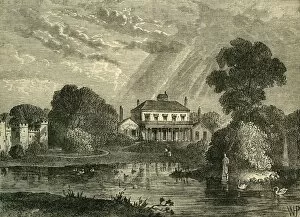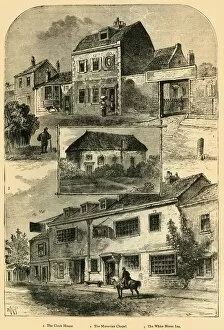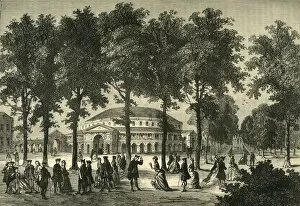Kensington And Chelsea Collection (#3)
"Kensington and Chelsea: A Captivating Blend of History, Culture, and Glamour" Step into the enchanting world of Kensington and Chelsea, where legends like Frank Sinatra
For sale as Licensed Images
Choose your image, Select your licence and Download the media
"Kensington and Chelsea: A Captivating Blend of History, Culture, and Glamour" Step into the enchanting world of Kensington and Chelsea, where legends like Frank Sinatra, Sammy Davis Jr. , and Liza Minnelli once graced the iconic Royal Albert Hall in London back in 1989. The air was filled with melodies that still echo through time. In Wilton Mews lies The Grenadier, a historic pub where coachmen used to gather for a drink. Today, its walls hold countless stories from the past as it stands as a testament to an era long gone by. Transport yourself to c1870 at the South Kensington Museum's Green Dining-room. This exquisite space showcases timeless elegance created by unknown artists who left their mark on history. Picture this: Chelsea Pensioners proudly carrying black jacks through London's streets in c1901 (1901). Their presence evokes respect for those who have served their country with honor. The Olympia Stadium has witnessed moments of triumph and glory throughout the years. Its grandeur serves as a reminder of sporting achievements etched into our memories forever. Stroll down memory lane outside St. Mary's Church in Kensington during Queen Victoria's visit to her birthplace in c1897. The scene captures both pride and adoration for Her Majesty amidst cheering crowds. Indulge your taste buds at The Chelsea Bun-House circa 1810 (c1876), where delectable treats were savored by locals seeking comfort and sweetness within its walls—a true culinary gem frozen in time. David Loudon's Bun House on Pimlico Road offers another glimpse into historical charm—its view transports you back to an era when simplicity held beauty beyond compare. Barkers of Kensington beckons shoppers with its allure captured perfectly in a 1951 advertisement—an invitation to explore fashion trends that defined an era while embracing modernity. Marvel at St Luke's Church standing tall since 1828, an architectural masterpiece by artist Lacey.


